Echoes of Ancient Lands
Anegundi Village Hampi
Mother Masala Tours
Divine Birthplace of Hanuman
Along the banks of the sacred Tungabhadra River, just a stone's throw away from the renowned ruins, lies Anegundi Village Hampi. With a population of approximately 5,000 residents, this community is rich in a tapestry of mythological legends, historical landmarks, and enduring cultural traditions that have lasted for centuries. The village is steeped in mythological significance, believed to be the ancient kingdom of Kishkindha, where legendary events of the Ramayana unfolded. As we stroll through Anegundi, we can observe a variety of heritage structures, including ancient temples and rural homes that reflect traditional craftsmanship passed down through generations. The intricate carvings on temple walls and the aged stones whisper stories of a glorious past. You will find local markets vibrant with the craftsmanship of artisans creating textiles, pottery, and banana fiber products.

Anegundi Village Hampi: Sacred Spaces
Anegundi Village Hampi. Hosts an array of artifacts that highlight its rich cultural heritage, many of which are linked to its mythological background. One notable location is the Vittala Temple, where detailed carvings and a stone chariot embody the artistry of the bygone era. Although less known compared to its counterpart, Anegundi is part of the Unesco World Heritage Site. The ancient temples constructed around the 16th century, possess historical inscriptions that narrate the tales of the past, illustrating the village’s spiritual significance.
Ancient Mosaics: Impeccable Craftsmanship
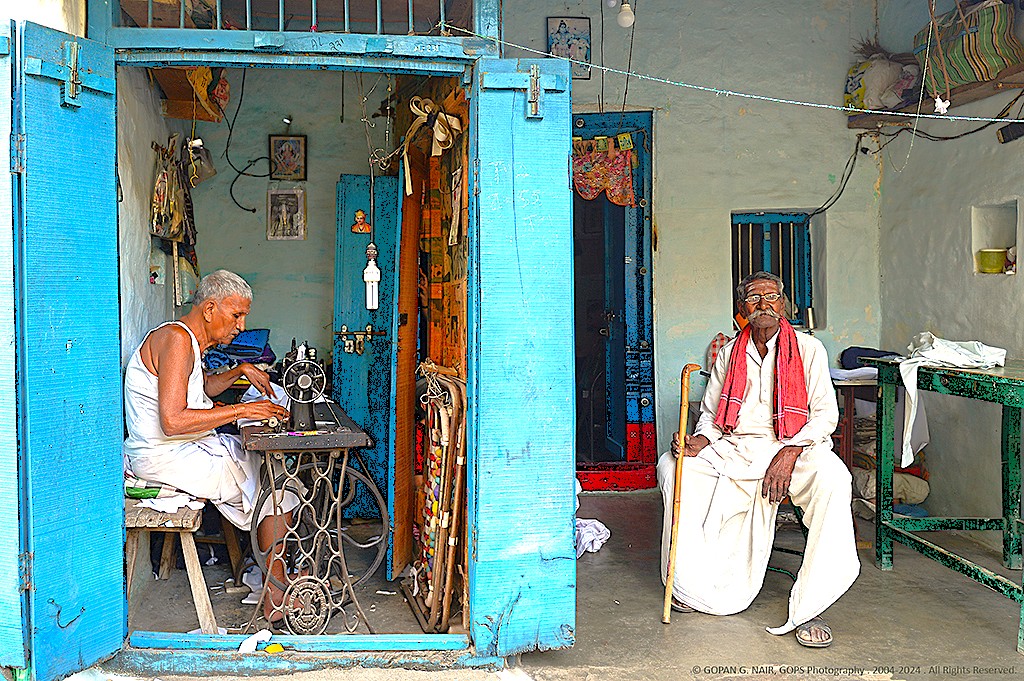
The artistry throughout Anegundi speaks to the skilled hands that crafted the intricate details of its temples and homes. Artisans have practiced their crafts for generations, creating pieces that tell stories of the land’s history. For example, stone carvings dating back to the Vijayanagara Dynasty continue to adorn temple walls, revealing depictions of deities and mythological scenes. Craftsmen also engage in traditional practices such as banana fiber weaving, which has deep ties to the culture, producing beautiful textiles while also empowering local women.
The Pulse of the Local Community
The locals are known for their hospitality. Residents take pride in their heritage, actively maintaining traditions that have shaped their identity. This community reflects a blend of agriculture and artisan crafts, revealing their adaptability and resilience. Women here contribute significantly to the daily life and preservation of these customs. They often work in the fields or create beautiful handcrafted items. Their efforts ensure the continuity of cultural practices across generations.
Capturing the Magic: A Photographic Haven
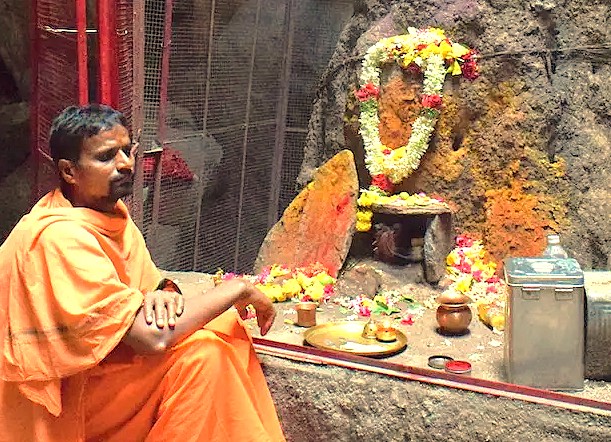
With its stunning landscapes and historical landmarks, Anegundi presents a unique opportunity for photography enthusiasts. The combination of ancient temples, scenic river views, and rural charm creates a picturesque setting. As we walk through the village, we will find numerous spots that call out for our cameras, from beautifully carved temple entrances to serene sunset reflections on the Tungabhadra River. The local markets filled with colorful textiles and handcrafted goods offer compelling subjects, inviting us to capture both everyday life and traditional craftsmanship in action.
A Culinary Journey: Savor the Flavour
Anegundi Village Hampi. Local cuisine reflects the agricultural practices and culture of the region. A standout dish is Puliyogare, a tangy rice preparation made from tamarind, spices, and peanuts. This dish is not only a staple at local eateries but is often served during festivals and community gatherings. Another notable delicacy is Akki Roti, a rice-based flatbread prepared with various herbs and spices, often enjoyed with chutney.
The Connection with the Gods

Inhabitants of Anegundi hold profound reverence for their deities. Particularly Rama, who is believed to have been born in this region. The stories associated with Rama’s life, especially his efforts to rescue Sita from Ravana, are integral to the culture. Temples dedicated to Rama serve as important places for worship and community gatherings. These temples often feature beautiful sculptures and carvings that depict scenes from the Ramayana. This creates a connection between past legends and contemporary practices. These tales are deeply woven into the local fabric of daily life.
Ancient Technologies: Sacred Sound, Geometry & Astrological Influences
The influence of ancient technologies is evident in Anegundi's landscape. Many temples feature designs rooted in sacred geometry, which is believed to promote harmony within their structures. Geometric formations serve both aesthetic and spiritual purposes, enhancing the ambiance of these sacred sites. Crafted primarily from locally sourced stone, many structures have specific acoustic properties.
Serendipitous Meetings: Beyond the Main Path
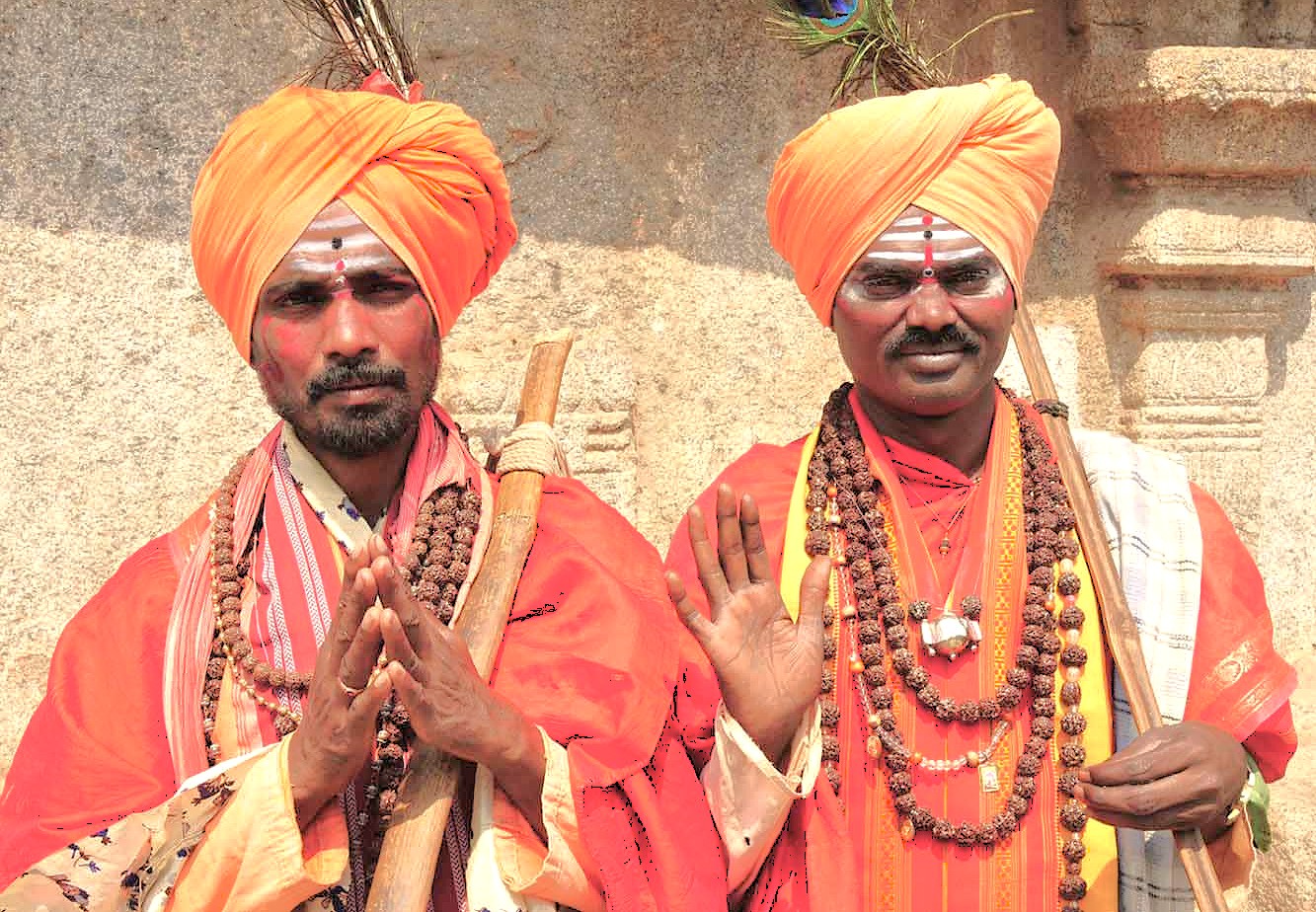
Exploring the Village reveals unique experiences that invite us to discover the lives of skilled artisans and craftsmen. Walking through the narrow lanes, we observe local families engaged in time-honored practices, such as pottery and weaving, revealong crafts that have been cherished for generations. In smaller workshops, artisans demonstrate their techniques while sharing tales of their craft. These valuable traditions have a long history within this close-knit community. Generations of makers pass down their intricate skills to younger family members.
Festivals of Devotion: Honouring the Sacred and the Divine
Anegundi Village Hampi. Anegundi hosts several festivals that highlight the community’s devotion and cultural identity. One of the most celebrated is Makar Melukote, occurring in January and marking the beginning of the harvest season. During this time, locals engage in rituals, traditional music, and dance. Another prominent celebration is Sri Rama Navami, usually observed in March or April, commemorating the birth of Rama. Rituals held in local temples attract attendees from nearby areas, immersing the village in prayers, processions, and communal feasting.
Resilience and Renewal: Overcoming Adversity’s Challenges
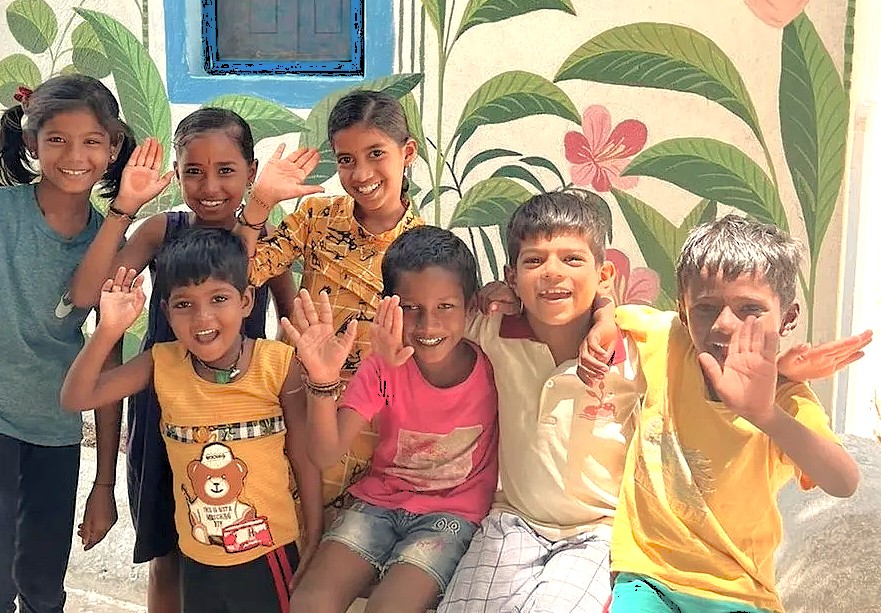
Throughout its rich history, Anegundi has faced challenges, shaped by natural disasters and political events. Following the defeat of the Vijayanagara Empire at the Battle of Talikota in 1565, the village endured neglect as it transitioned into a new era of power struggles. The local population managed to retain their cultural practices and rebuild their community. In the early 1900s, a devastating flood impacted agriculture significantly. However, the residents banded together to rehabilitate their lands and restore their lifestyles - determination helped them overcome great difficulties.
Urban Legends: Strange Sightings, Myths and Mysteries
The allure of Anegundi often expands through local legends passed down through generations. Among these stories is one of hidden treasures linked to the legendary leader from the Vijayanagara Empire, believed to be buried within the village’s rich history. Another tale centers around sightings of ethereal beings during specific lunar phases, adding a mystical quality to the surroundings.
Pack Your Spirit of Adventure: Dare to Discover More
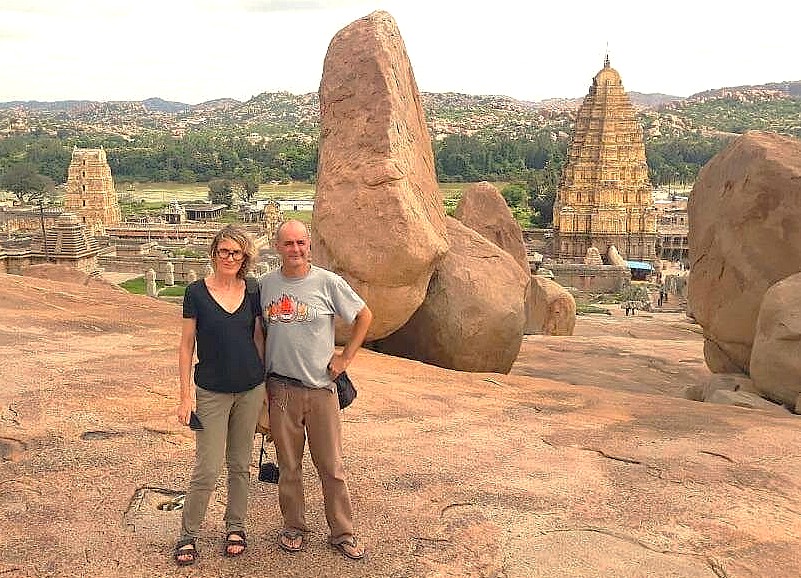
Join us in this special journey through Anegundi Village Hampi. Stories of the past come alive here. The opportunity to engage with the community, taste local flavors, and discover hidden gems awaits us. We will explore the rich tapestry of this enchanting village. This region holds deep cultural significance. The daily lives of people here reveal their connection to history. We observe many traditions passed down through generations. These practices connect the past with the present. The local food offers a taste of their heritage. Exploring this area gives us a unique perspective. We find many unique elements in this village.
Symphony of Generosity: Offerings from Wanderers to Residents
The exchange between travelers and locals fosters a meaningful and enriching relationship that benefits both sides. As we share experiences and learn from the community, we help support their livelihoods while gaining insights into their way of life. This interaction invigorates the local economy, allowing artisans and vendors to thrive as they continue to uphold their traditions.